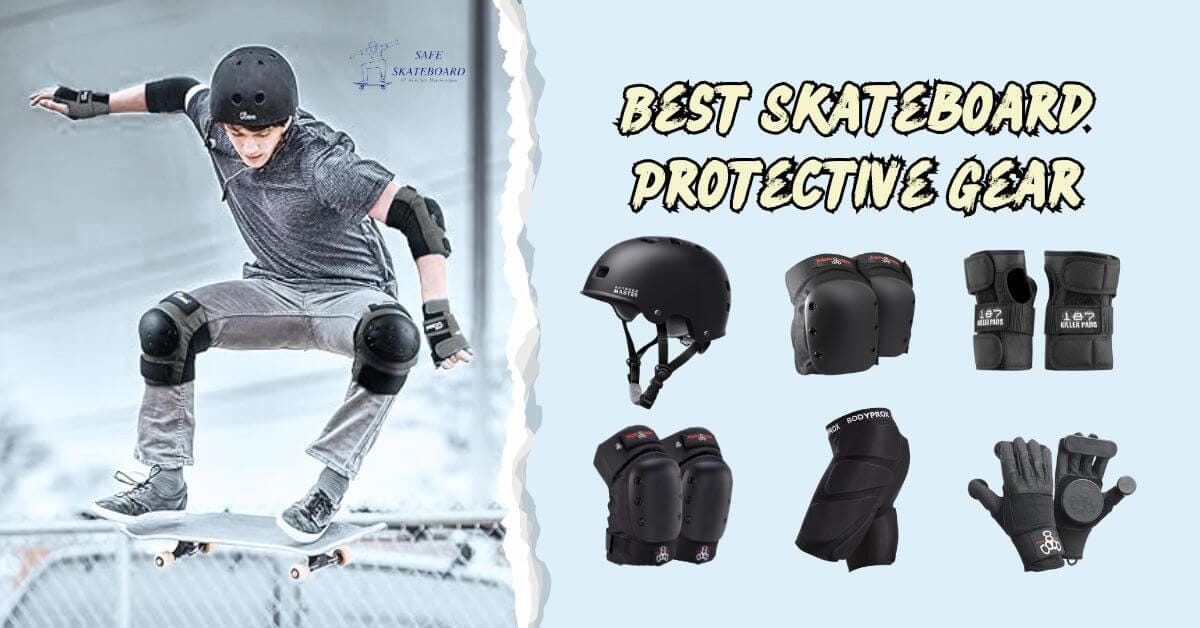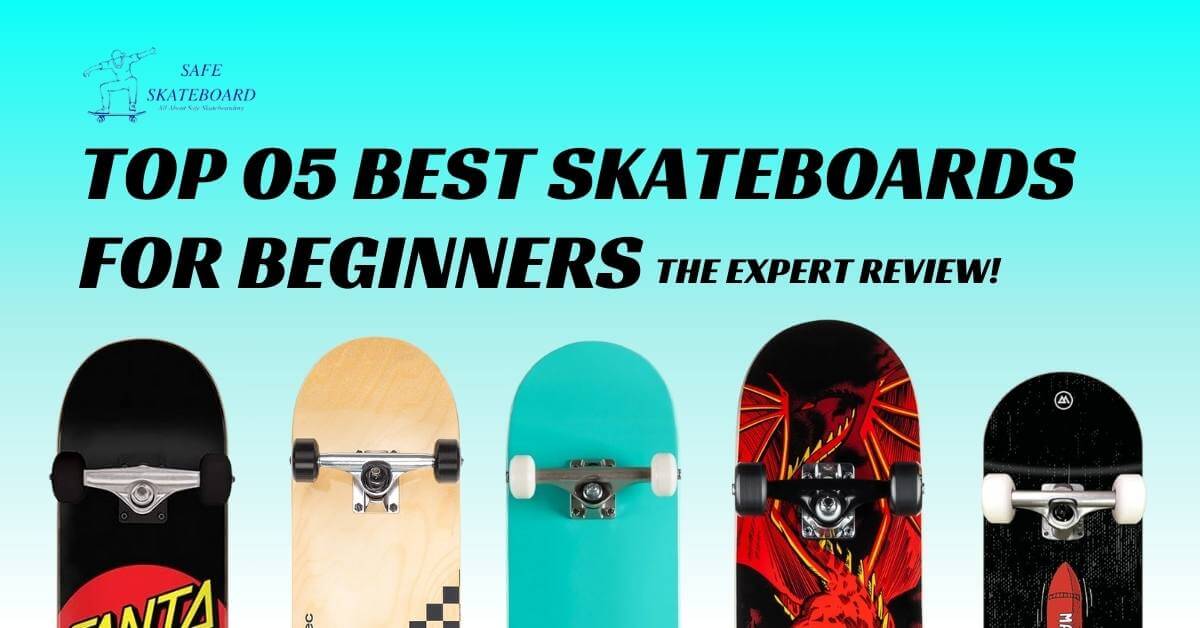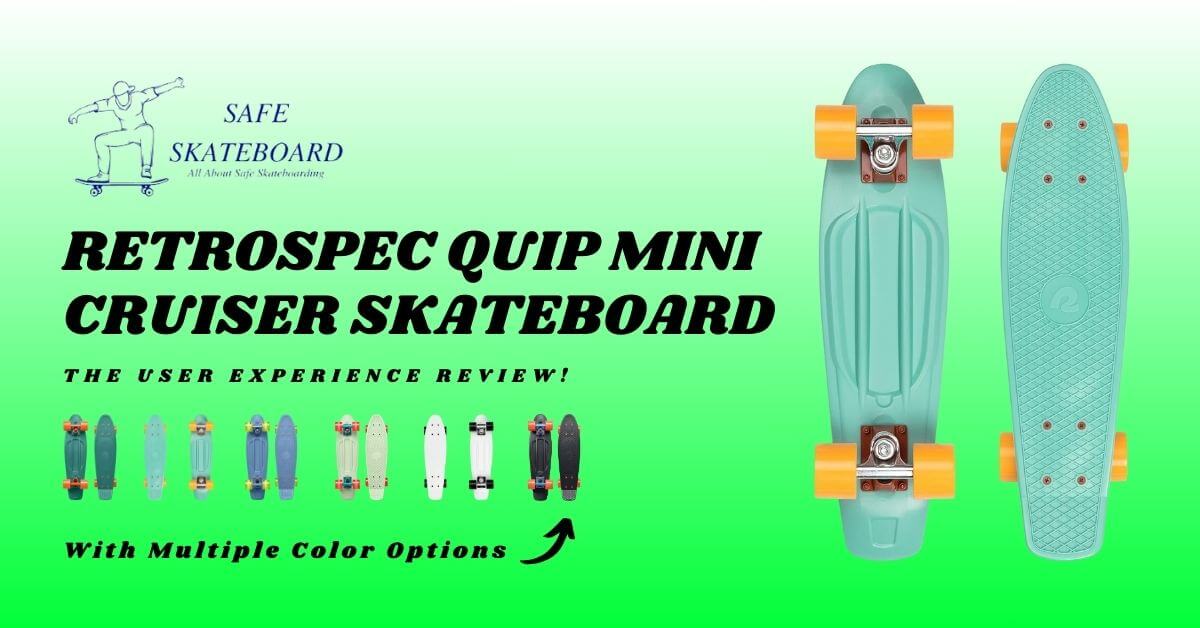Are you thinking of learning how to stand on a longboard? Don’t worry; it’s easier than you think! We’ll walk you through it step-by-step so you can balance like a pro.
First, you’ll pick your stance, find your balance, and finally, get comfortable with the board’s movement.
By the end of this guide, you’ll be ready to carve up the streets with confidence and style. So, let’s dive in and get you standing on that longboard like a champ!
Importance of Proper Stance on a Longboard
Having the right stance isn’t just about looking cool—it’s your ticket to better control, balance, and safety on a longboard.

When you position your feet correctly, you distribute your weight just right, making it easier to carve smoothly and confidently over curves or hills.
Plus, a solid stance helps in reducing the risk of accidents by making sure you’re stable and ready to react to any sudden changes.
8 Easy Tips for the Correct Way to Stand on a Longboard
Getting your stance right is one of the most important parts of learning to ride. When you stand the right way, everything feels smoother, safer, and more fun. These tips will help you build a strong base.
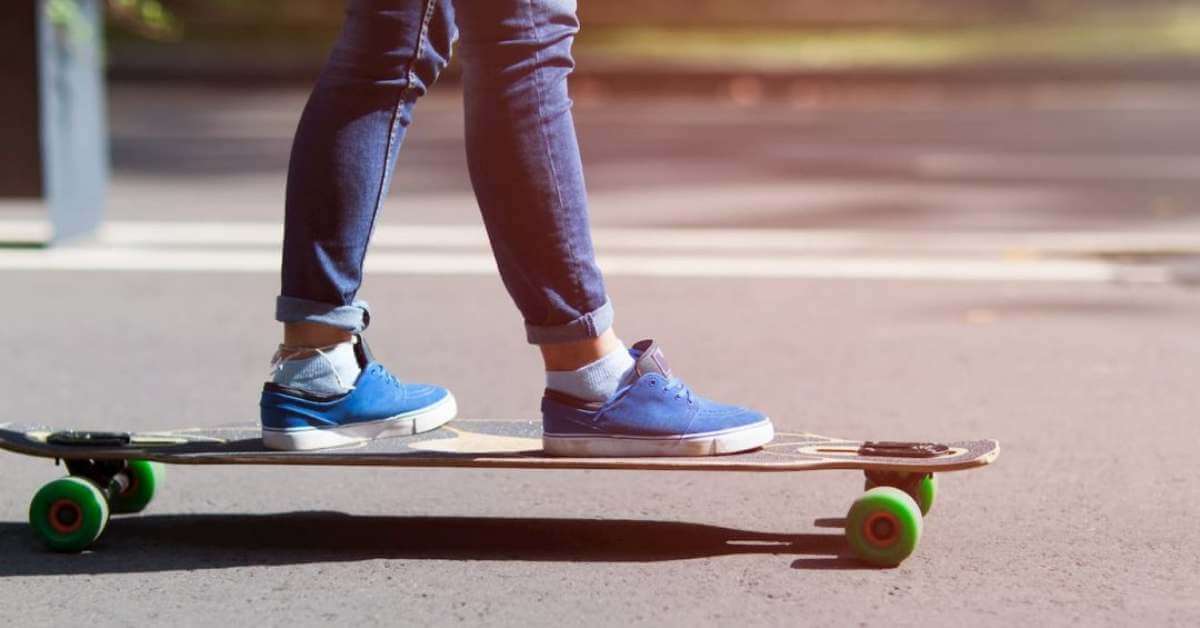
1. Choose the Right Stance: Regular or Goofy?
Before you ride, you need to know your stance. This means deciding which foot feels best in front. Try both and go with what feels natural.
- Regular: Left foot forward
- Goofy: Right foot forward
Pick the one that feels more stable and easy to move with. It’s okay to switch later, but starting with the right stance gives you better control and confidence.
2. Place Your Feet Correctly
Your feet help control the board. Placing them right keeps you balanced and ready to ride smoothly.
- Front foot: Just behind the front bolts
- Back foot: Over the rear bolts
- Feet: Shoulder-width apart
This wide, solid stance gives you more balance and power. Adjust the angle of your feet until it feels right under your body.
3. Bend Your Knees a Little
Locked knees make it hard to ride. Keep them soft and bent to stay flexible and ready.
- Don’t stand stiff
- Keep knees loose and springy
- Lower your center of gravity
Bent knees help you absorb bumps and keep your balance. It also makes turning easier and more natural.
4. Balance Your Weight Evenly
A centered body helps your board move smoothly and steadily. Don’t lean too far back or forward.
- Lean slightly forward
- Keep weight in the middle
- Avoid heavy pressure on the back foot
This helps you stay stable as you roll. You’ll feel more in control, especially when starting out.
5. Look Ahead, Not Down
Where you look affects how you ride. Your body follows your eyes, so stay focused ahead.
- Eyes up, not on your feet
- Look where you want to go
- Keep your head straight
Looking ahead improves your balance and helps you react faster. It also makes your ride smoother and safer.
6. Use Your Core Muscles
Your core keeps your body strong and steady. Engage it gently to stay upright and balanced.
- Slightly tighten your abs
- Keep your torso upright
- Avoid slouching
Using your core gives you more control, especially during turns or bumpy rides. It supports your whole posture on the board.
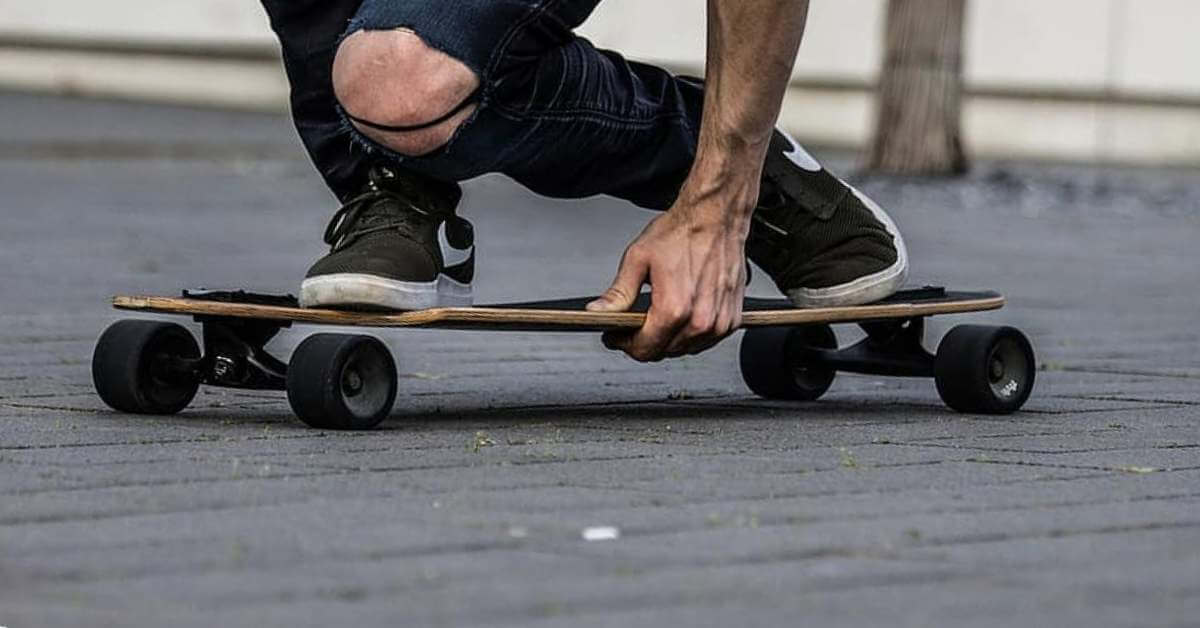
7. Use Your Arms to Stay Balanced
Your arms are tools for balance. They help you shift your weight and stay upright while riding.
- Arms out to your sides
- Keep them relaxed
- Move them with your body
Think of them like wings. A small shift left or right can keep you from tipping over.
8. Stay Loose and Relaxed
Tension makes riding harder. A relaxed body flows better with the board and helps you stay stable.
- Relax your shoulders
- Don’t lock your joints
- Move naturally with the board
Take a deep breath, stay calm, and enjoy the ride. The more relaxed you are, the easier it becomes.
Practice your stance on flat, open ground where you feel safe. Stand on your board, get used to the feeling, and roll forward slowly. Once you feel steady, the rest gets easier. Take your time and learning to stand right is the first big win in longboarding!
Safety Tips and Precautions When You Ride a Longboard
Let’s talk about safety tips and precautions to keep you and your loved ones secure.
01. Longboard Safety Tips: Always Wear Protective Gear
Safety should always be your top priority when riding longboards. Start by wearing a helmet to protect your head. Then, add knee pads and elbow pads to shield those joints.
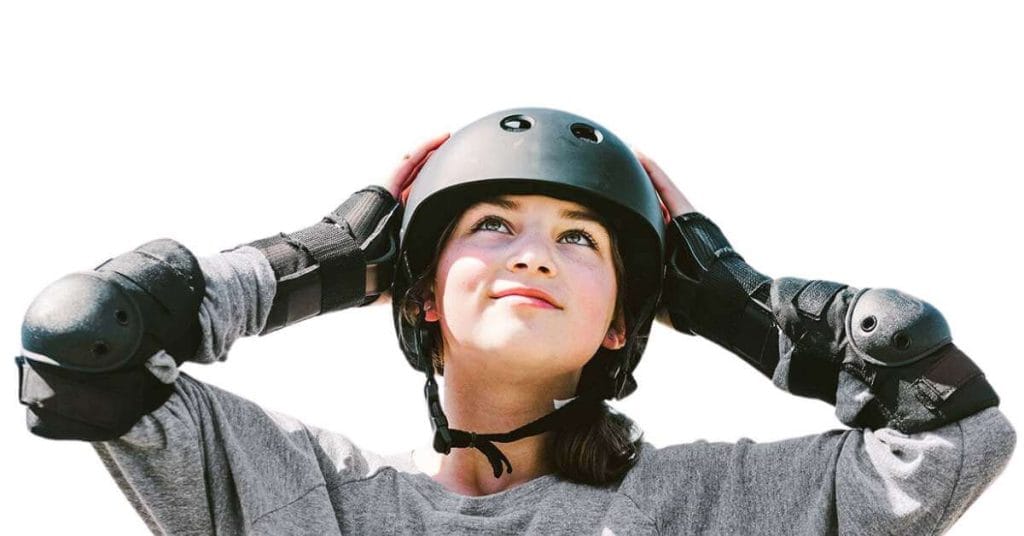
Don’t forget wrist guards; falls can happen anytime. Making yourself visible with bright clothing or reflectors is a smart move. It may seem like a hassle, but protective gear can save you from serious injuries.
02. Beginner Longboarding Mistakes to Avoid
It’s easy to make mistakes when you’re starting out. Avoid looking down at your feet; keep your eyes ahead.
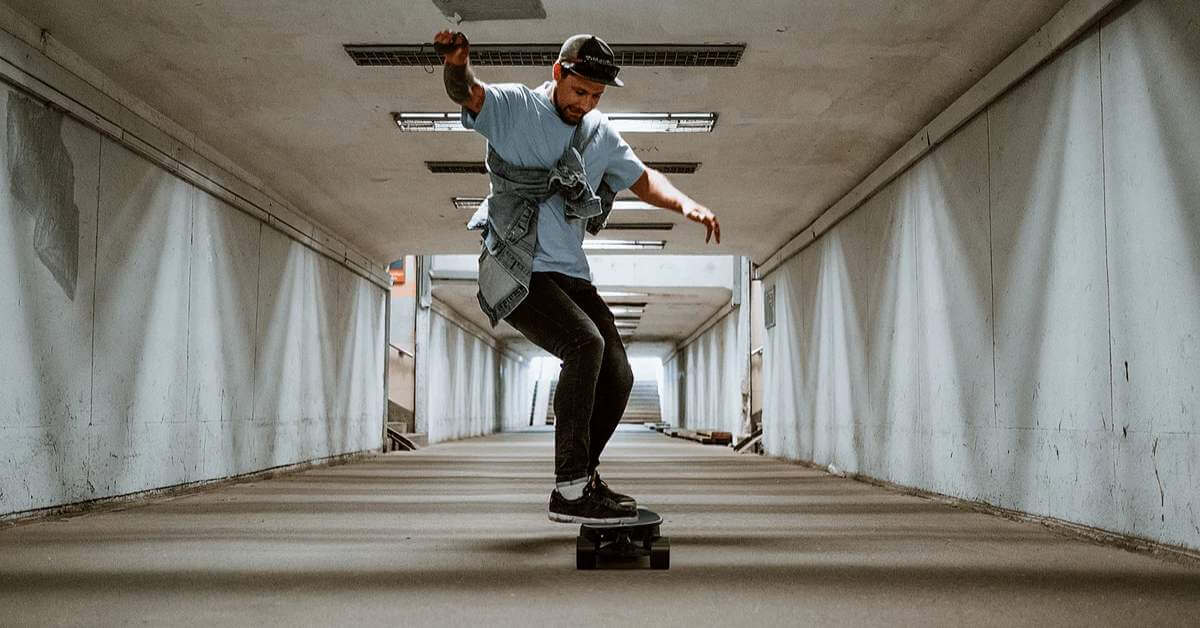
Don’t stiffen up; stay relaxed to absorb bumps. Although it’s tempting to rush, start slowly. Practice in a safe area, away from traffic. Stay mindful and enjoy the ride!
Frequently Asked Questions (FAQs) About How To Stand On A Longboard
How do I determine my stance on a longboard?
Your stance is typically regular (left foot forward) or goofy (right foot forward). A simple test: pretend to slide on ice. Whichever foot you naturally lead with is likely your front foot.
Where should I place my feet when standing on a longboard?
Place your front foot near the front trucks and your back foot near the back trucks. Your feet should be about shoulder-width apart for good balance.
How should I distribute my weight while standing?
Keep your weight centered over the board. Slightly bend your knees to lower your center of gravity, which increases stability and control.
How do I control the longboard while standing?
Use your hips and shoulders to steer. Shifting your weight to the toes or heels allows you to turn. A gentle lean in the direction you want to go is key.
How can I practice standing on a longboard without moving?
Start on grass or carpet to keep the board steady. This will allow you to get comfortable with your stance and balance before moving on to pavement.
Ending Thought
Alright, so you’ve made your way through the basics of how to stand on a longboard—fantastic!
By now, you should feel more comfortable with balancing, positioning your feet, and coordinating your movements.
Remember, practice makes perfect, so don’t get discouraged if it takes a while to get it just right. Always wear protective gear and find a safe, flat area to practice. Keep having fun, stay persistent, and soon enough, standing on your longboard will feel as natural as walking!














